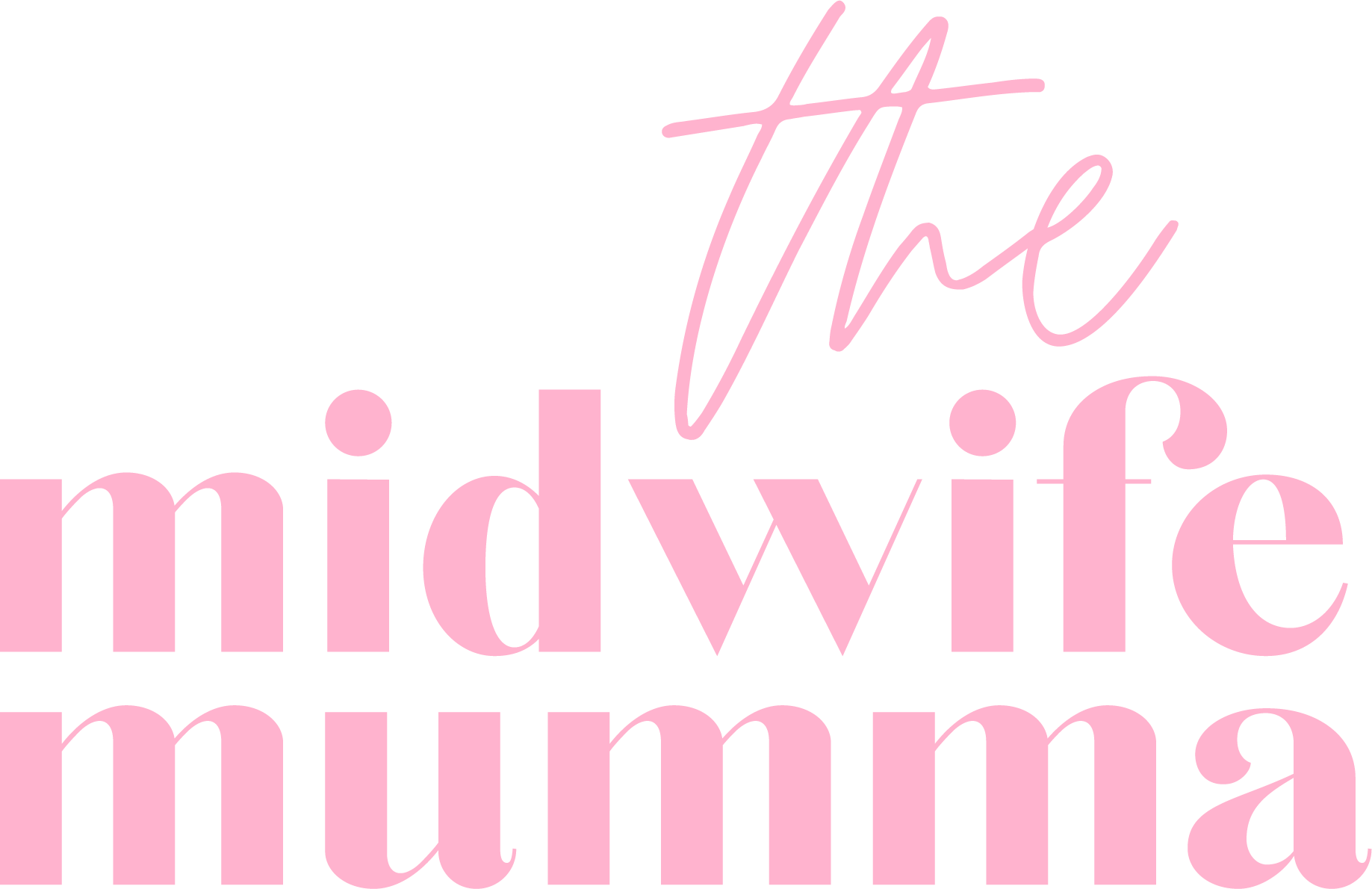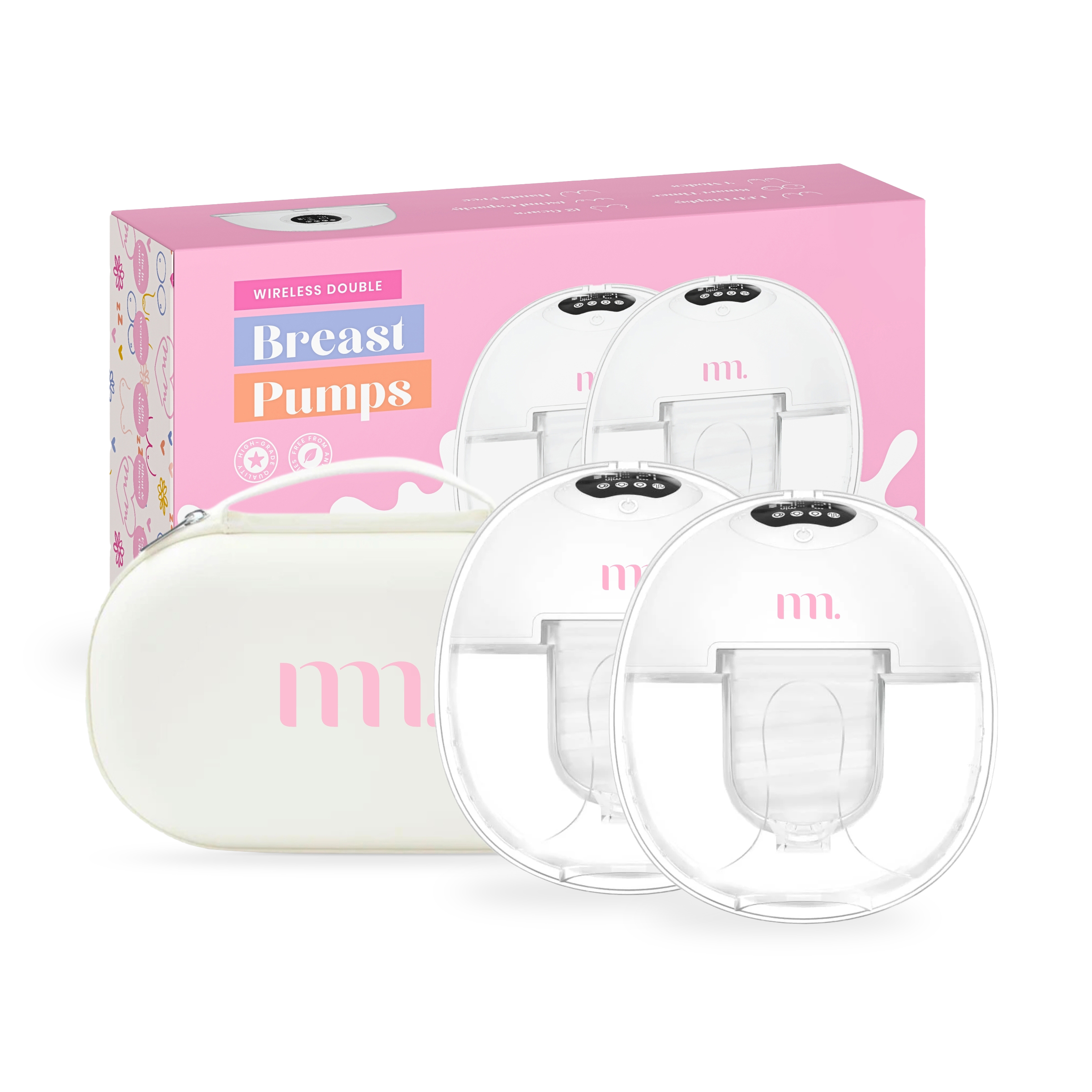
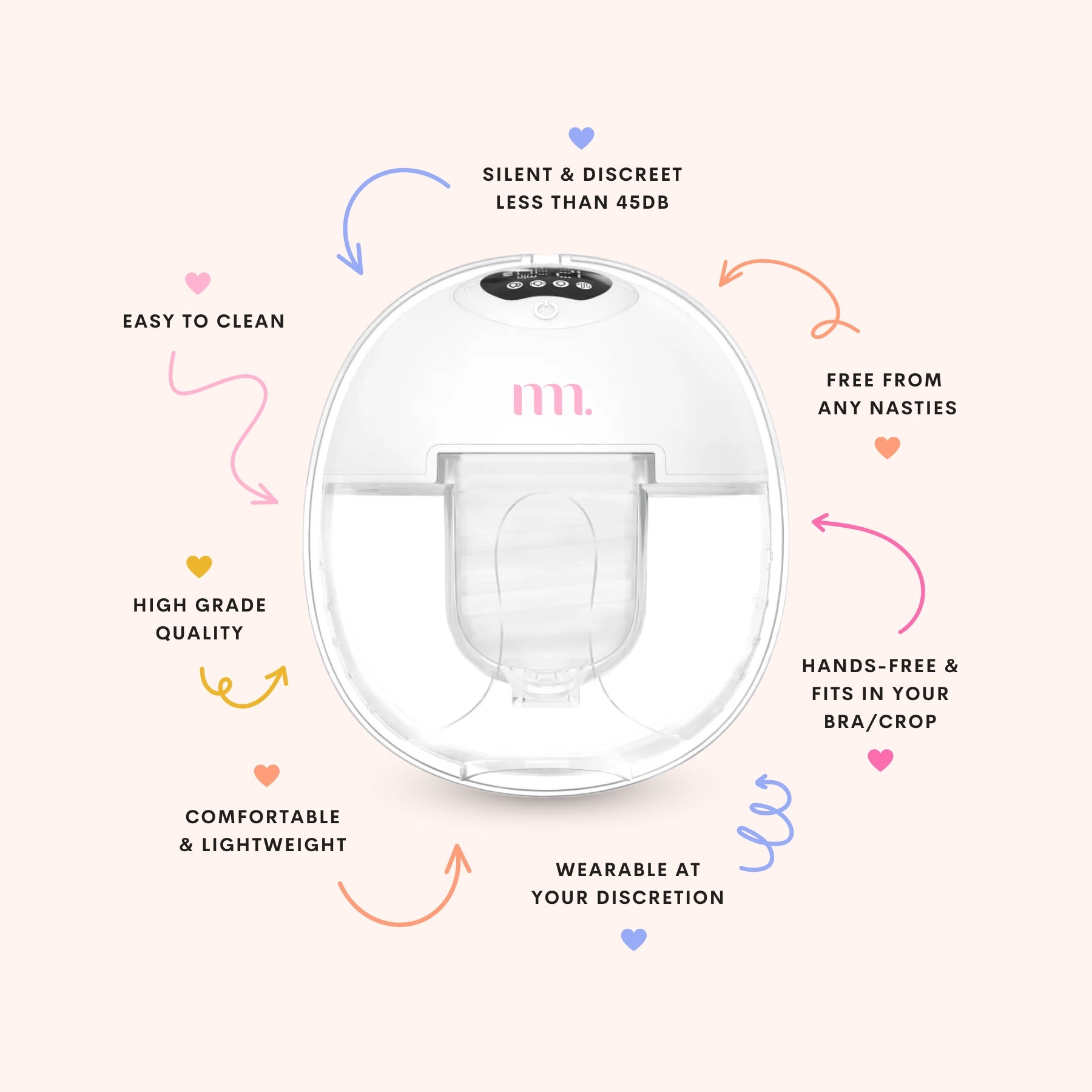
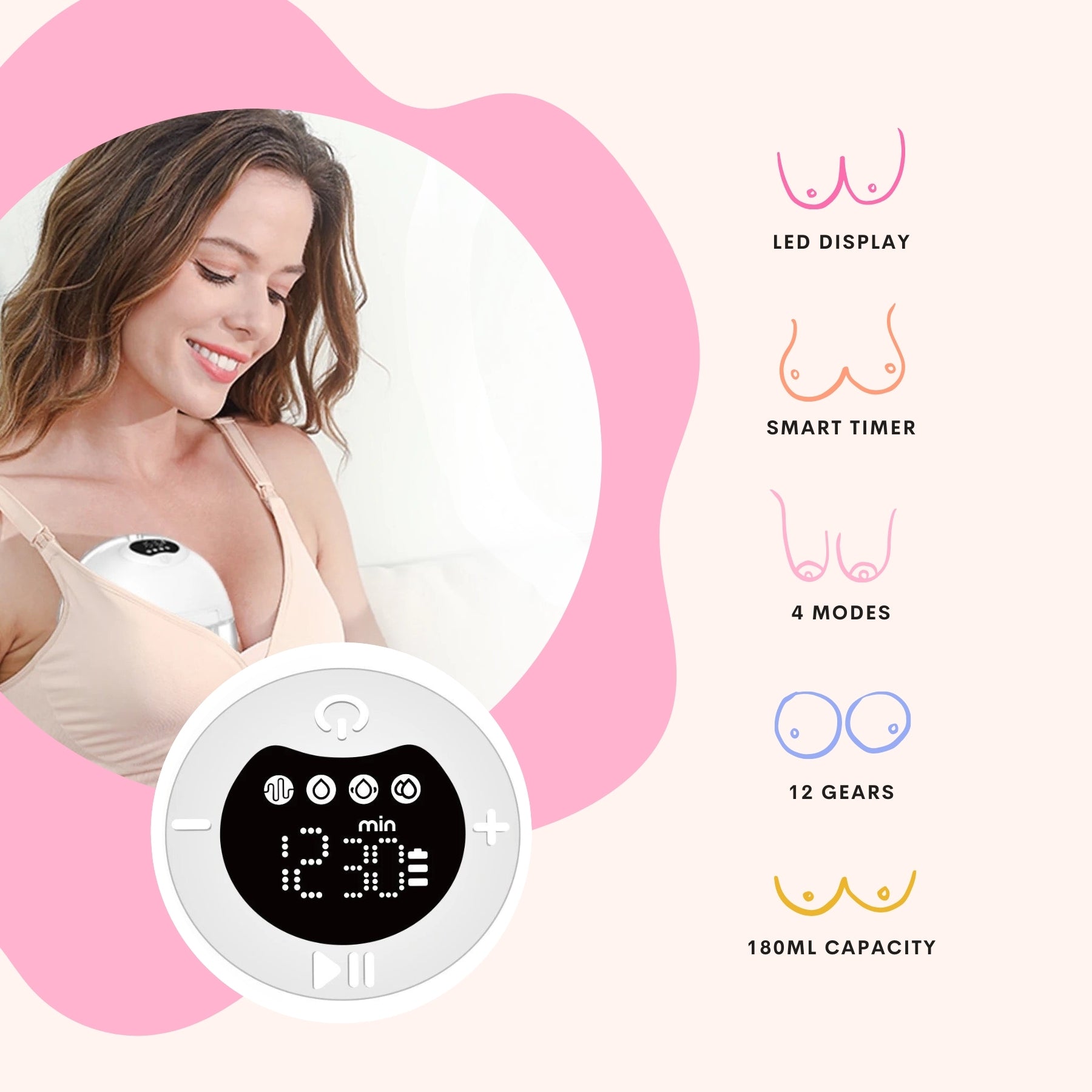
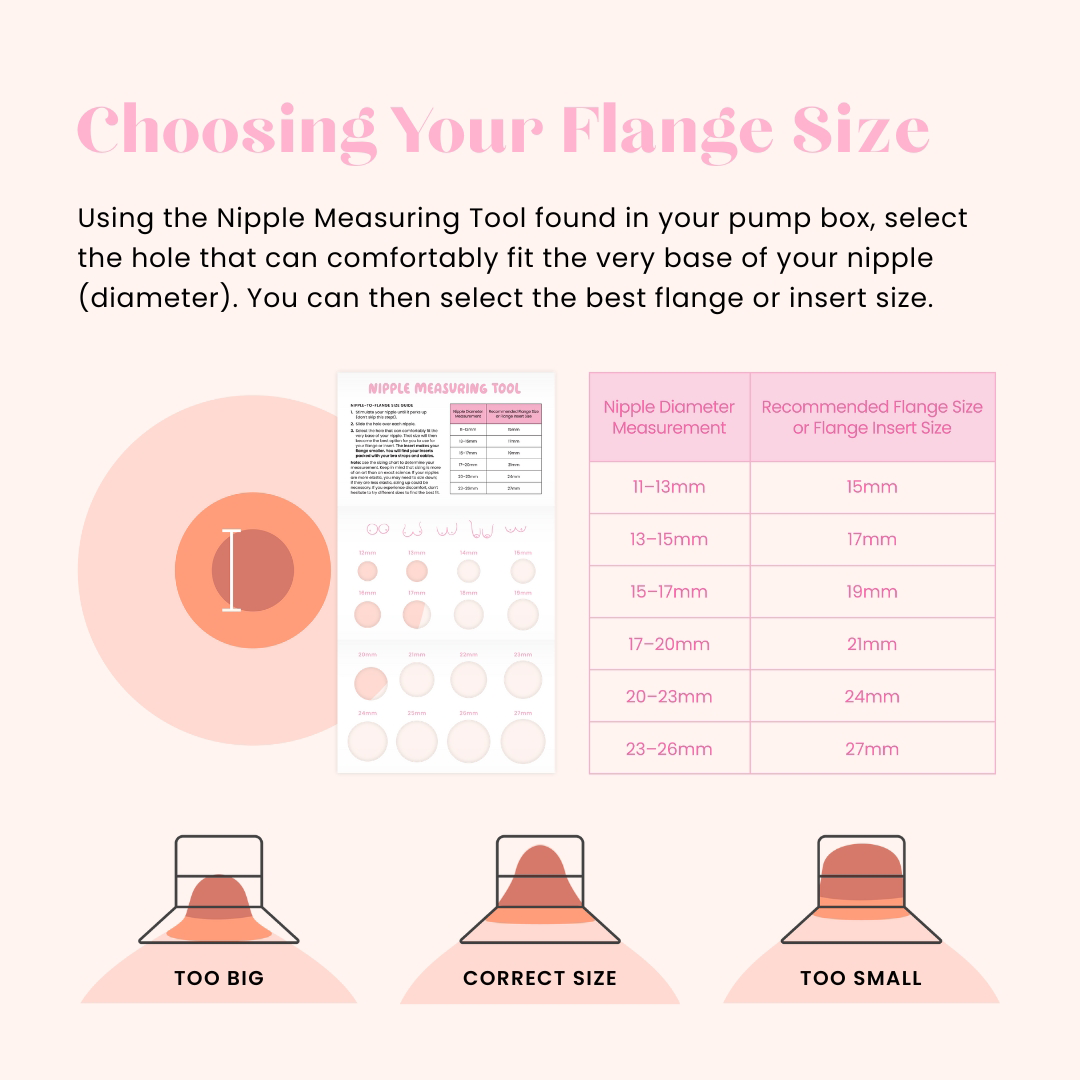
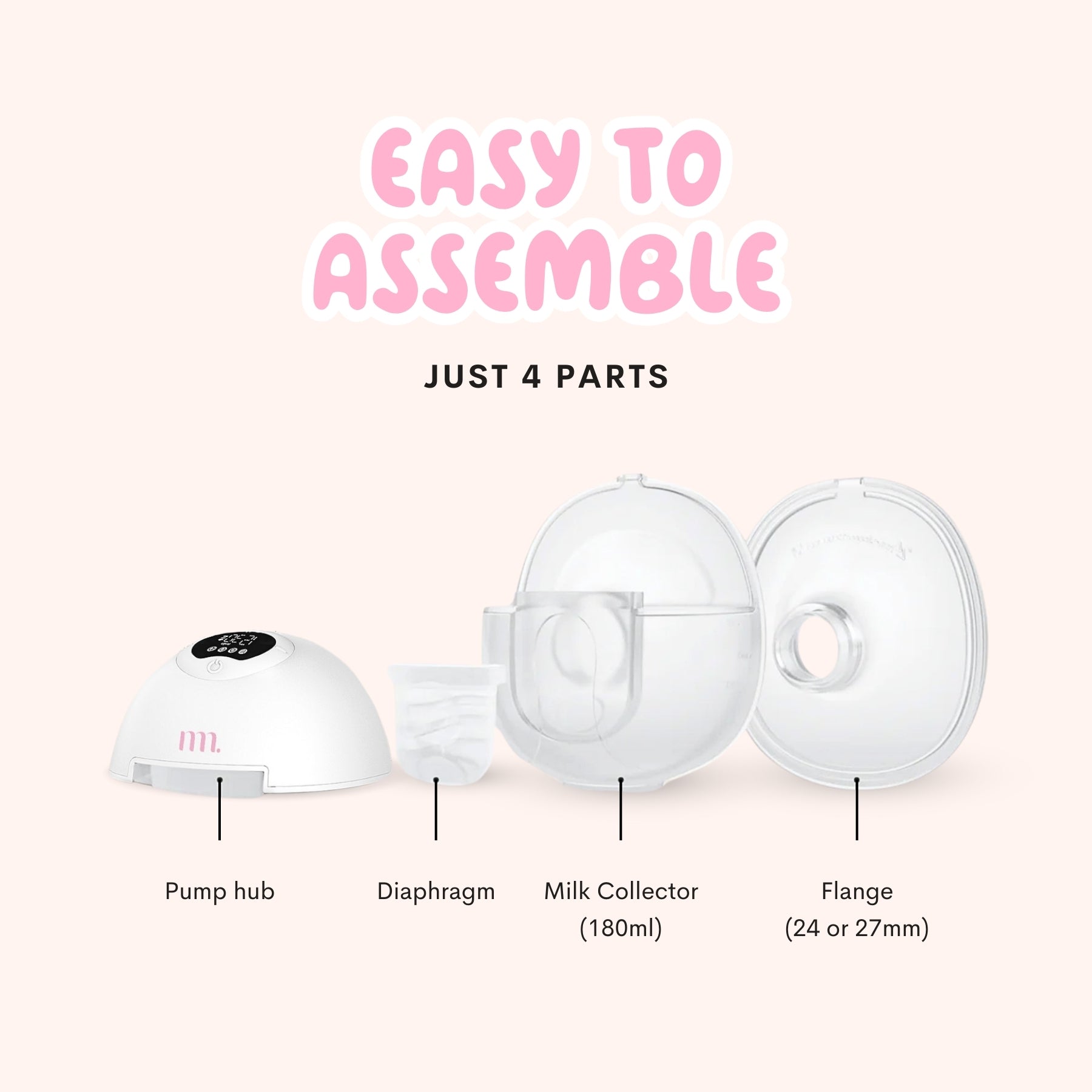
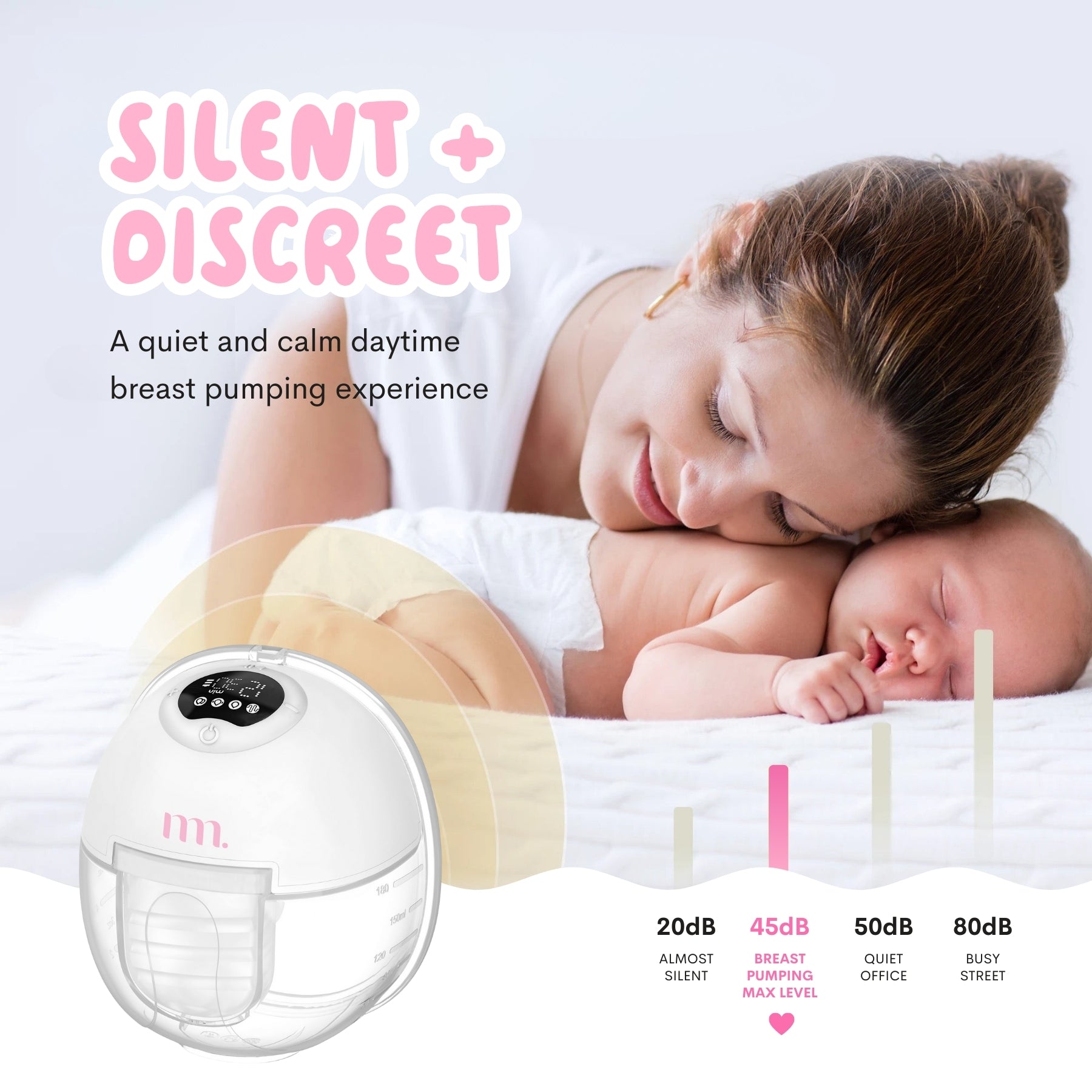
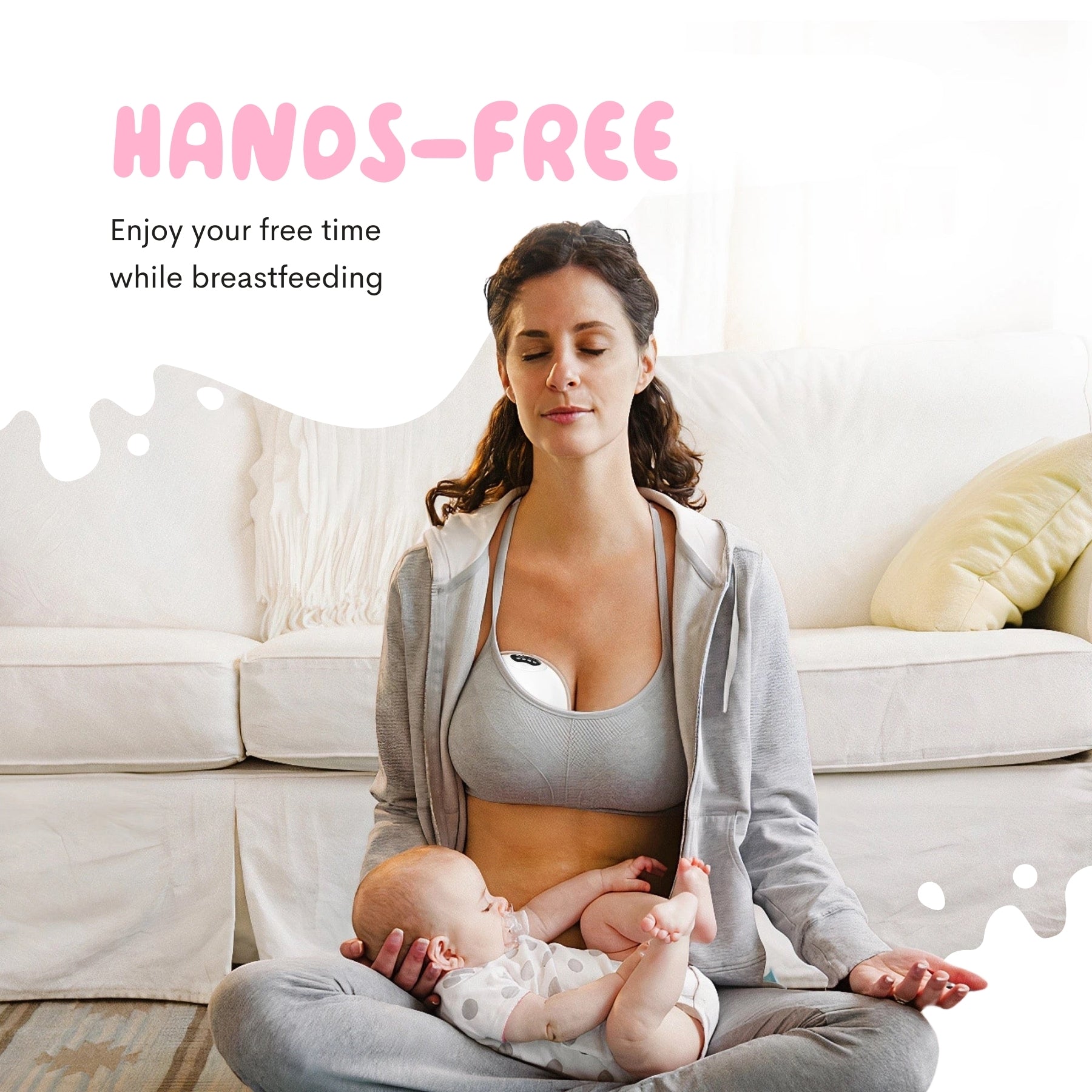


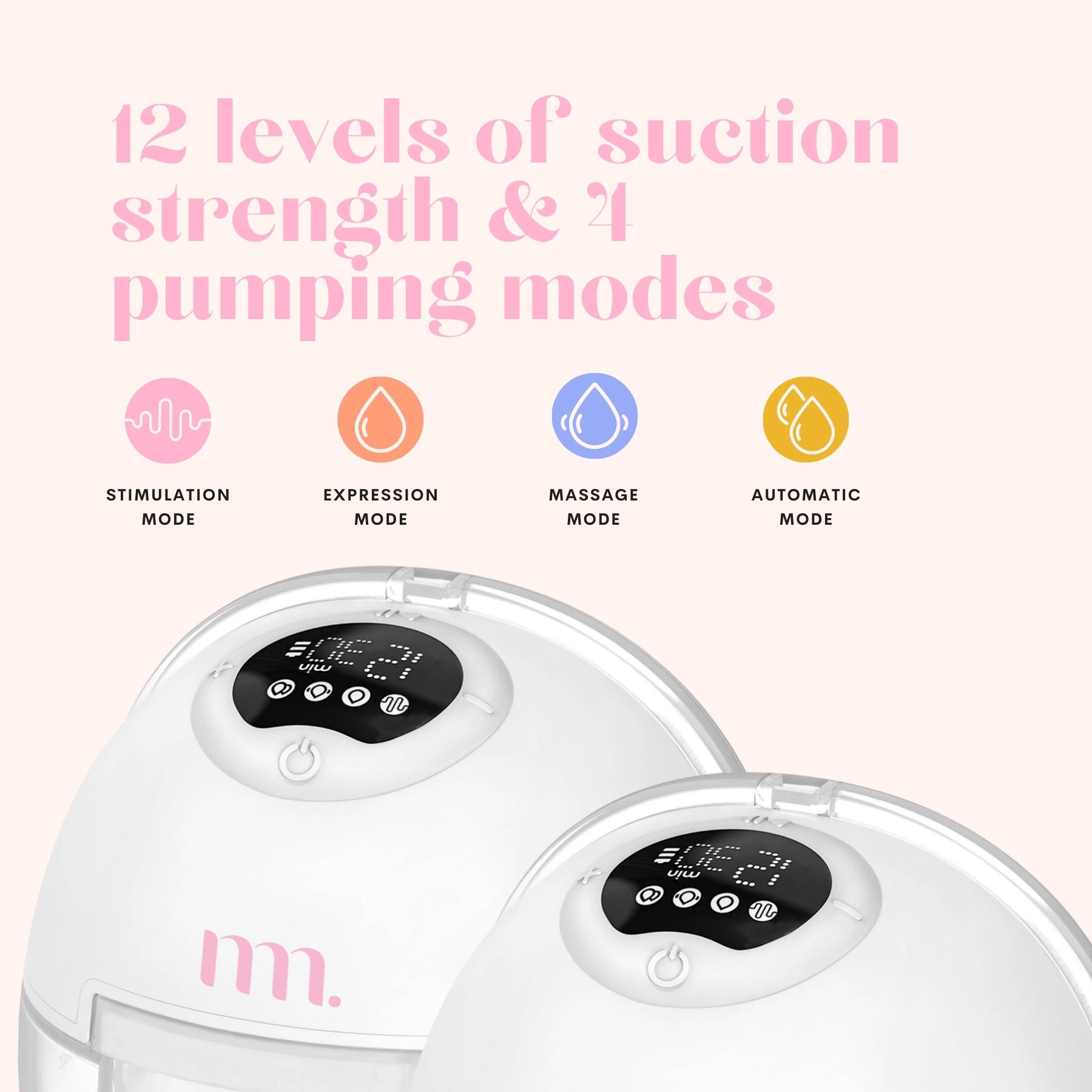
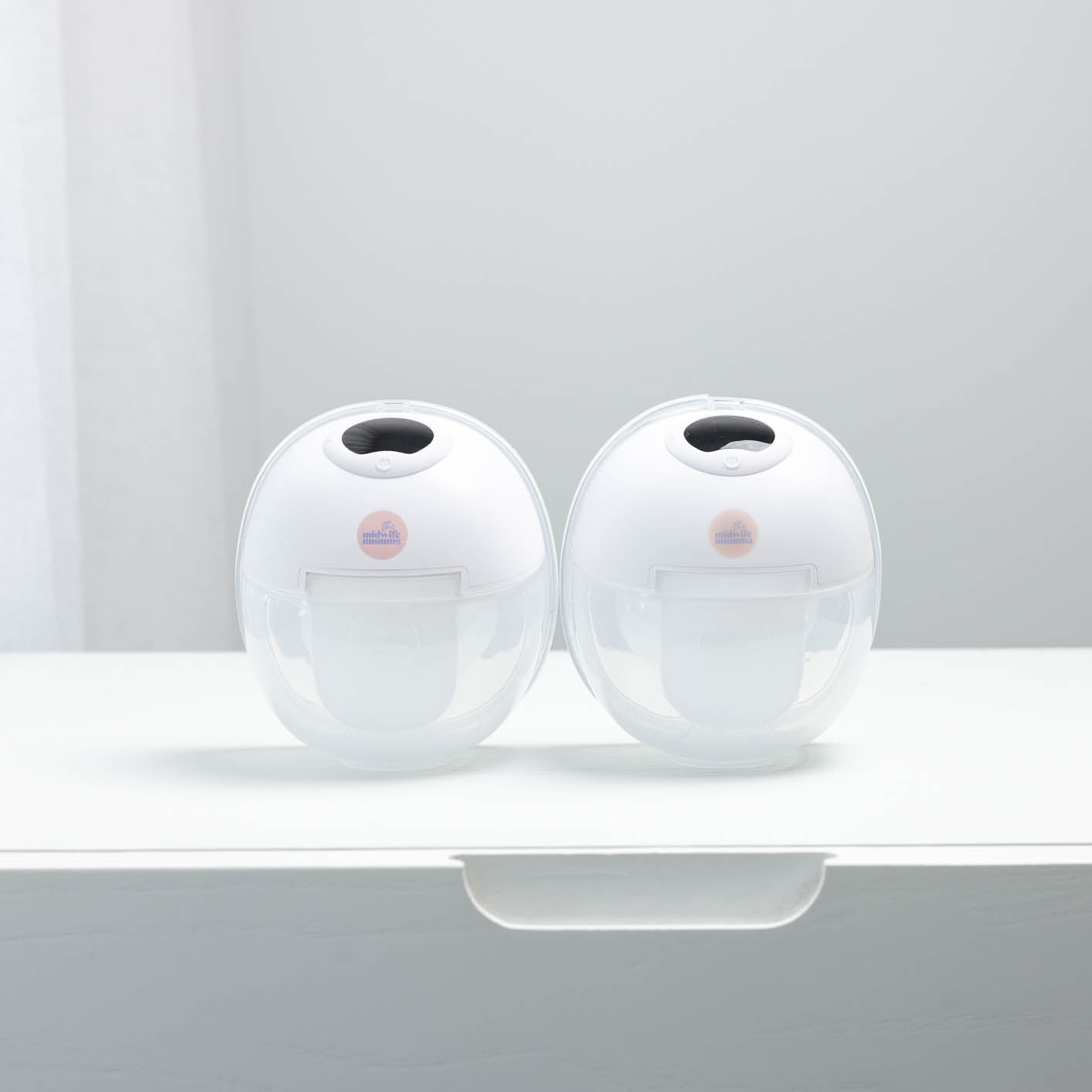
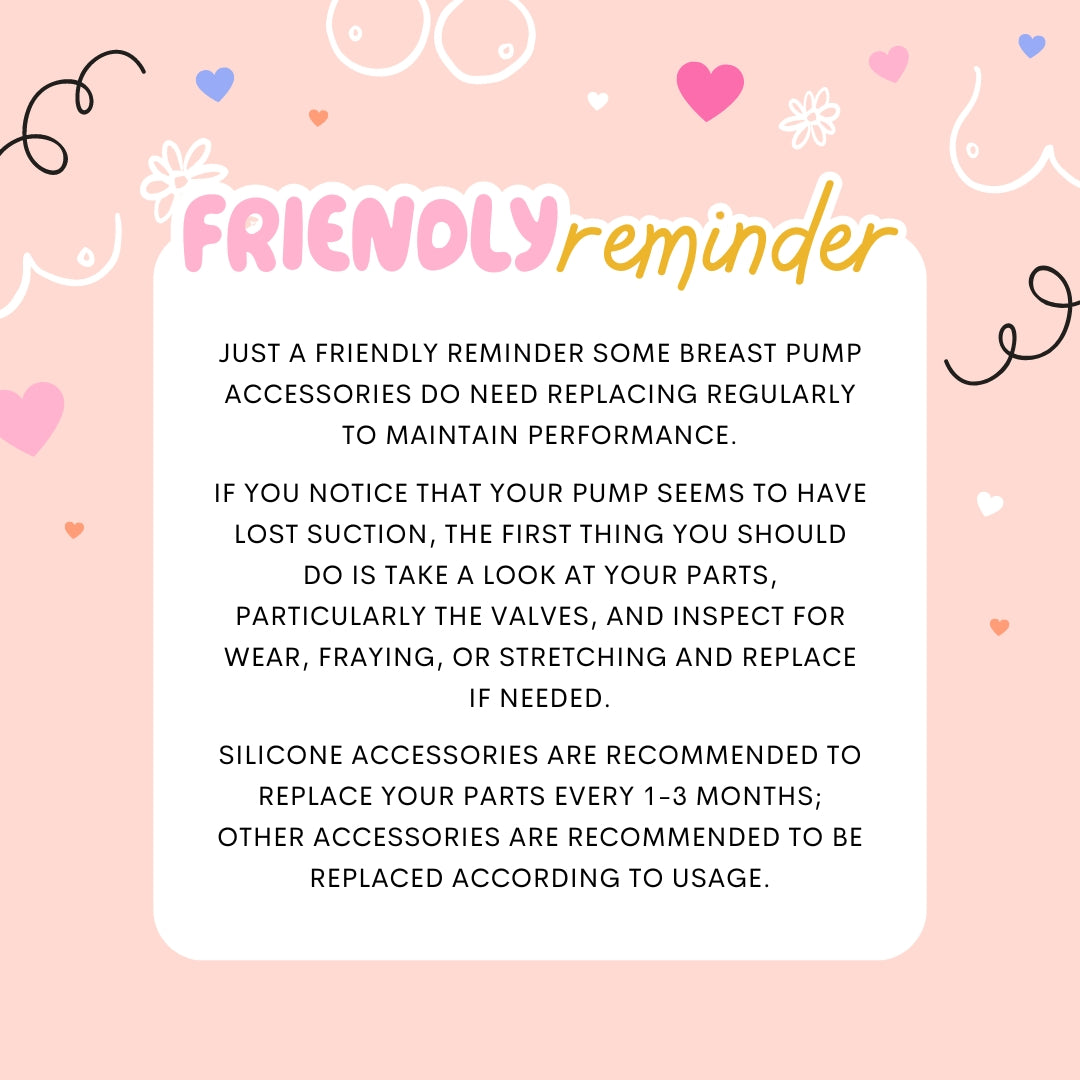
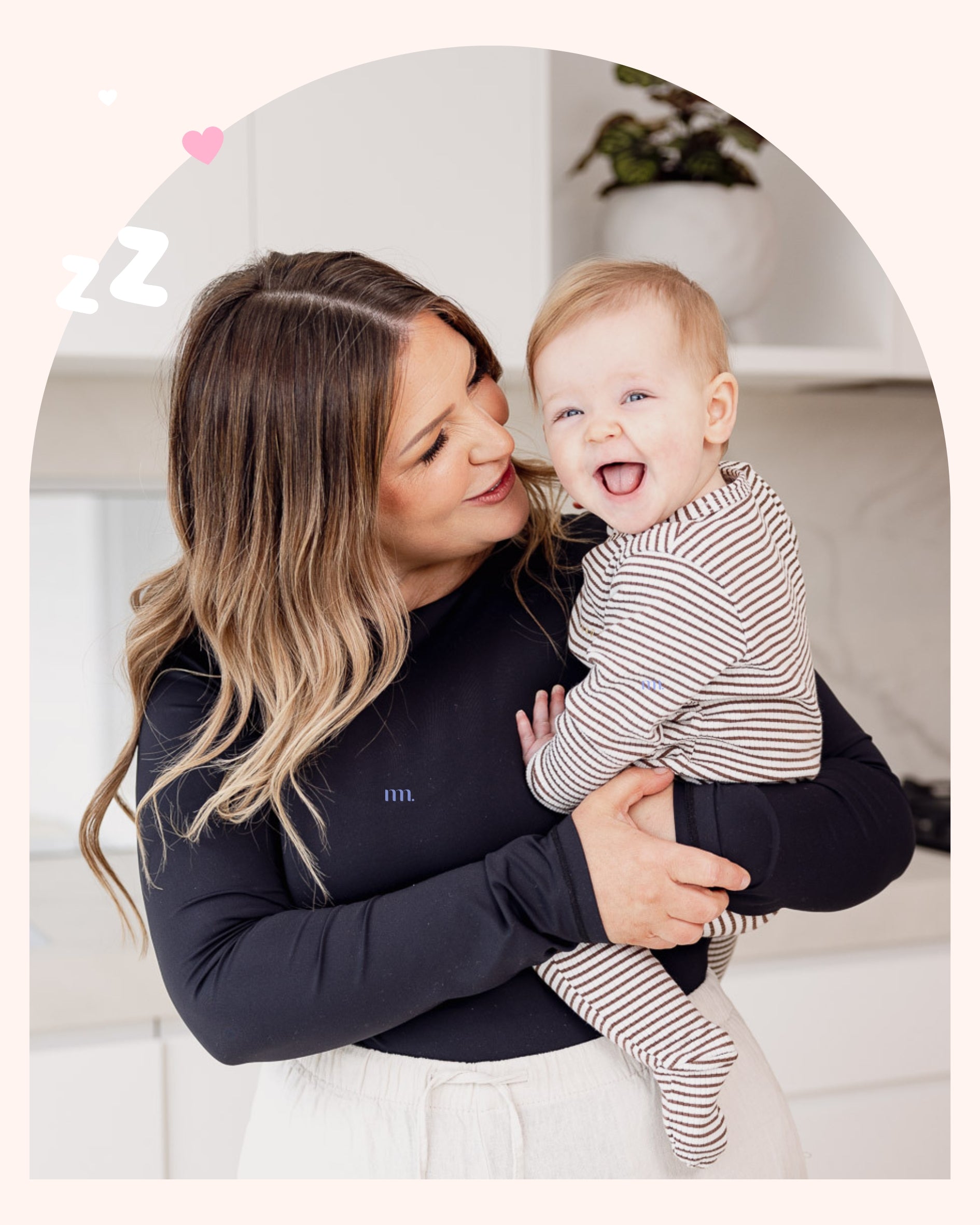
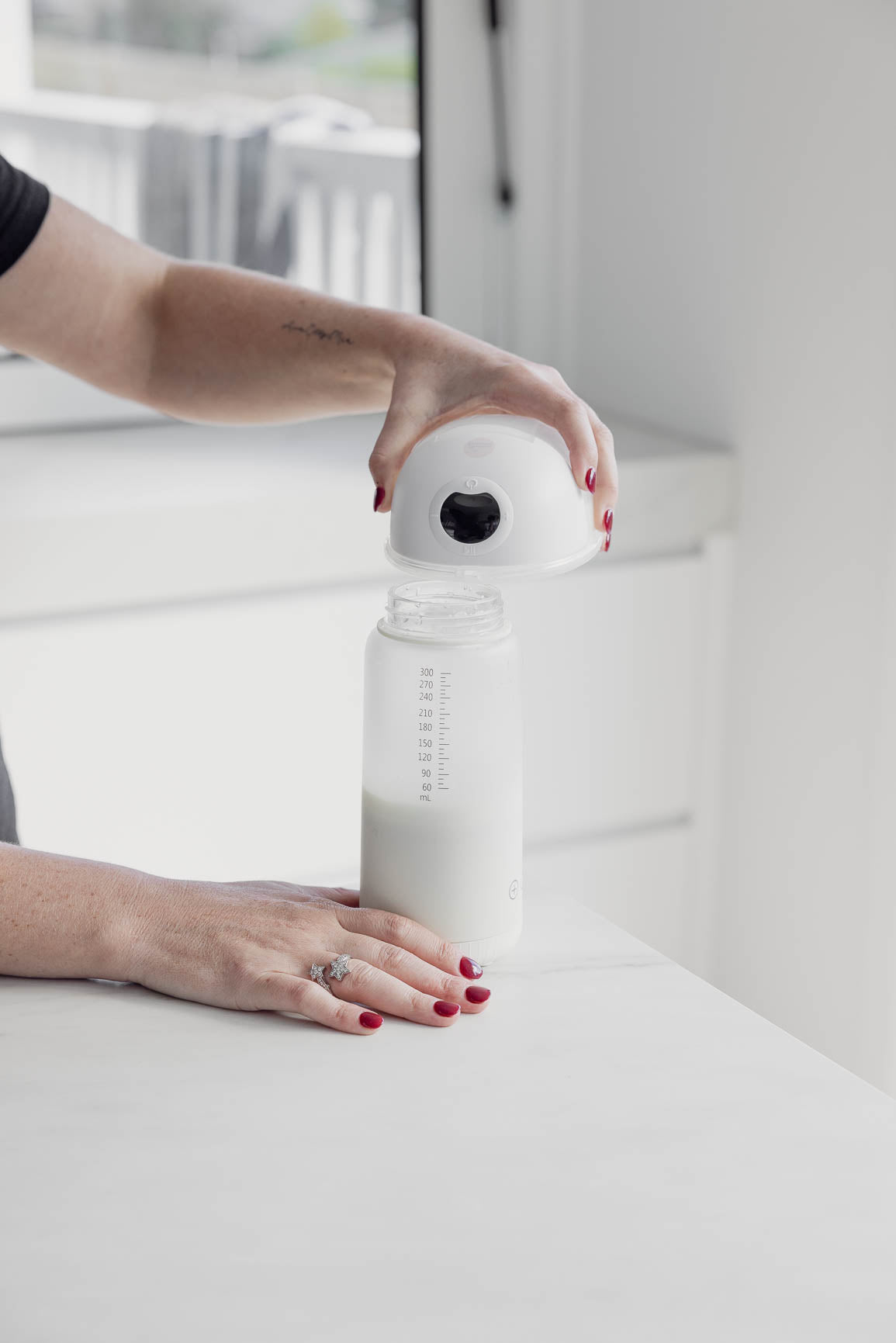
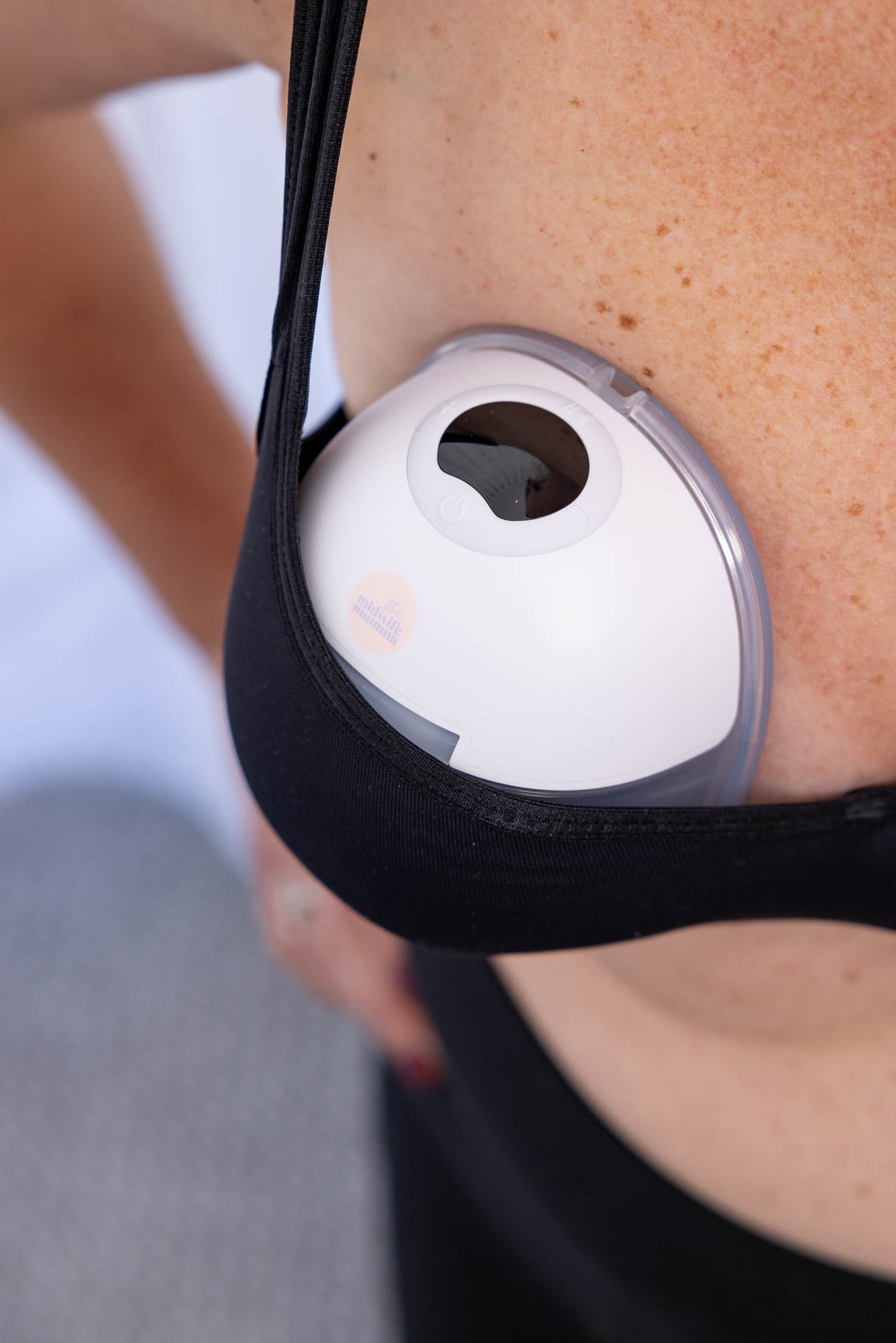
The Midwife Mumma Breast Pump Double Handsfree with Case
Pairs well with
PRODUCT INFO
Whether you're a pregnant mumma, a new mumma, a working mumma, a busy mumma, or a full-boobed mumma — this double pump is made for YOU. Even if you’re just looking for the perfect gift for another amazing mumma, look no further.
Designed with real mums in mind and tested by families all over Australia, this breast pump combines comfort, efficiency, and affordability in one cute little package. It makes expressing milk quicker, easier, and more comfortable, no matter where you are. At home, at work, or on the go, this pump is ready when you are.
Why You’ll Love It
This compact, hands-free pump is designed to fit seamlessly into your busy life. Lightweight, quiet, and easy to wear in your bra, it lets you pump discreetly anytime, anywhere. With simple controls and two key modes, it’s user-friendly and efficient from the start.
We’ve included multiple flange sizes and includes a carry case to make sure you’re supported from your very first session. It’s pumping made easy just the way it should be.
Customer Service
Our expert team is here to help with any questions about product functionality and fit. We respond within 24 hours whether you reach out via Instagram or email. Known for delivering the best customer service around, we pride ourselves on friendly, helpful, and timely replies. Trust us, having support like this when you need it makes all the difference!
Bonus FREE LC guide included with purchase - please note this will be emailed to you
WHAT'S INCLUDED
DESIGN FEATURES
CARE INSTRUCTIONS
SIZE GUIDE

The Midwife Mumma Breast Pump Double Handsfree with Case
